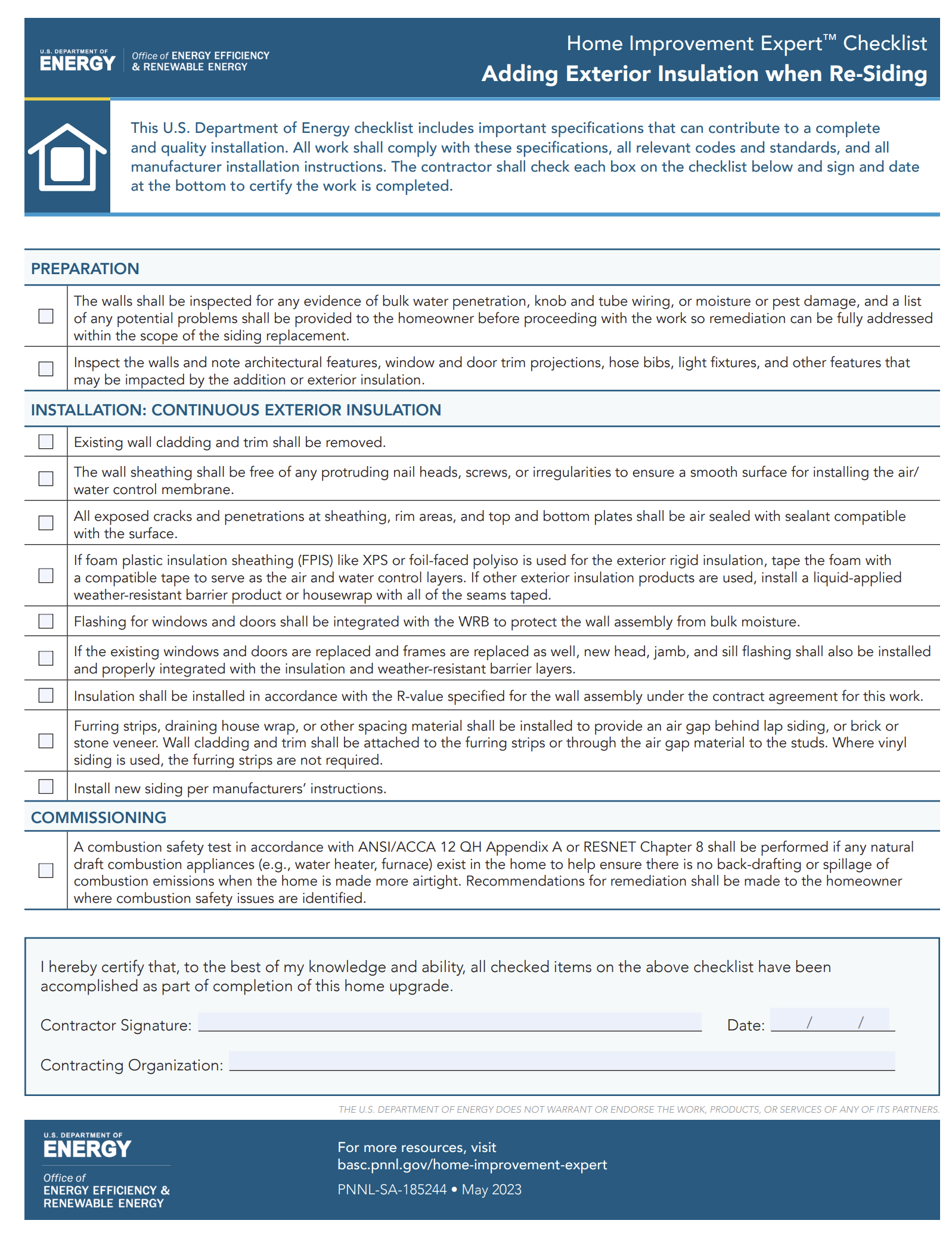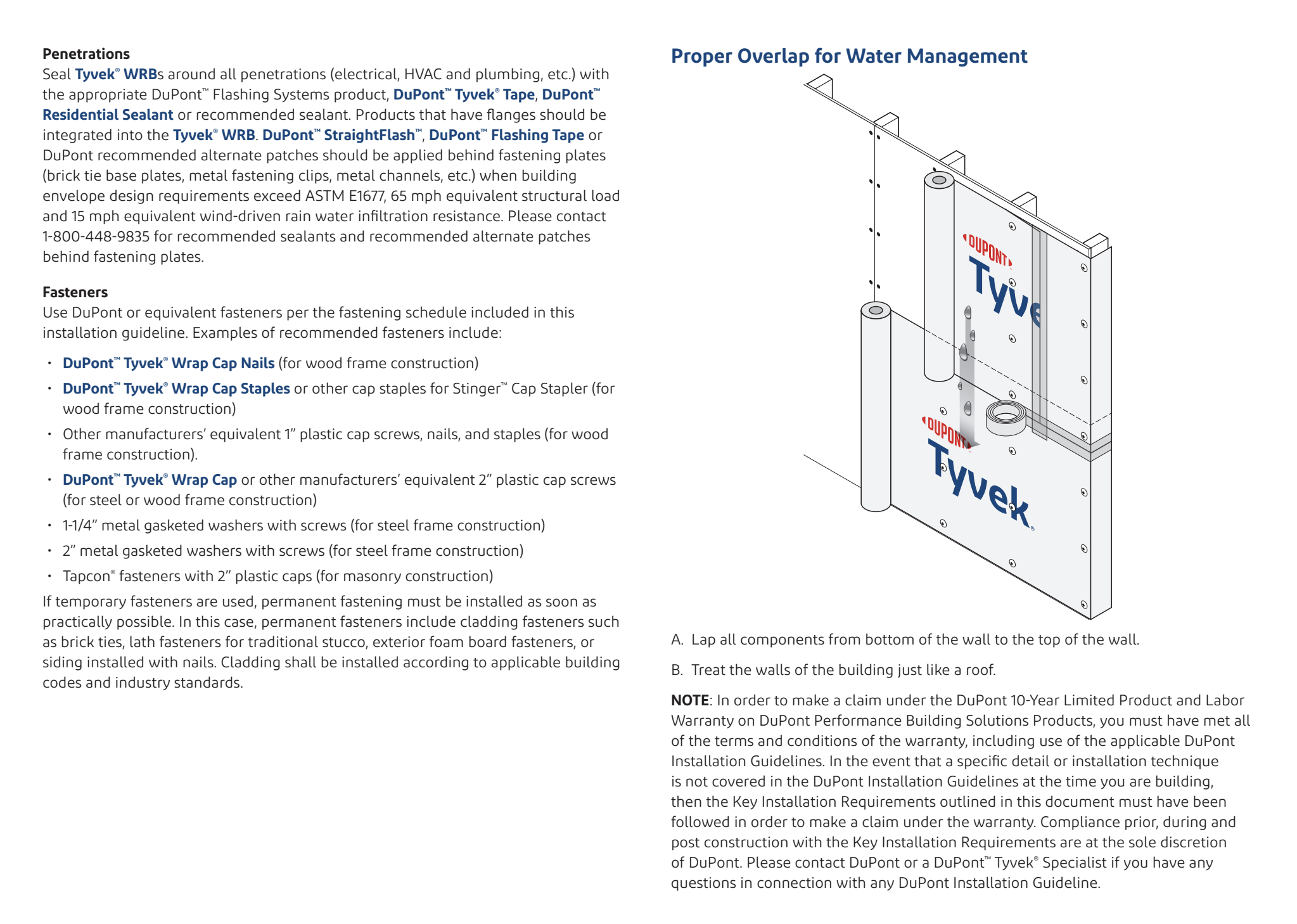Introduction
Vinyl siding is a popular choice for exterior cladding due to its durability, versatility, and cost-effectiveness. To ensure optimal performance and compliance with building codes, it’s essential to follow proper installation techniques and understand the relevant codes and standards. This guide provides detailed insights into vinyl siding installation, focusing on compliance with the 2022 Vinyl Siding Installation Manual, International Residential Code (IRC), and other relevant standards.
Understanding the Codes and Standards
International Residential Code (IRC)
The IRC sets forth comprehensive guidelines for residential construction, ensuring safety, structural integrity, and energy efficiency. Key sections relevant to vinyl siding include:
- IRC Section R703: This section outlines the general requirements for exterior wall coverings, including vinyl siding. It specifies the materials, installation methods, and performance criteria to be met.
- ASTM Standards: Vinyl siding must comply with ASTM D3679, which covers the material, testing, and performance requirements for vinyl siding products.
ASTM Standards
- ASTM D3679: Standard Specification for Rigid Polyvinyl Chloride (PVC) Siding.
- ASTM D7793: Standard Specification for Insulated Vinyl Siding.
- ASTM D7254: Standard Specification for Polypropylene Siding.
Installation Guidelines
Preparation
- Inspect the Surface: Ensure the wall surface is clean, dry, and free from any defects. Repair any damages before installation.
- Sheathing: Install a water-resistive barrier over the sheathing to prevent moisture infiltration.
- Flashing: Properly flash around all windows, doors, and other openings to direct water away from the wall assembly.
Fastening
- Fastener Types: Use corrosion-resistant nails, screws, or staples as specified by the manufacturer. Fasteners should penetrate at least 1 1/4 inches into the nailable substrate.
- Spacing: Space fasteners no more than 16 inches apart horizontally and vertically, following the manufacturer’s guidelines for specific products.
Panel Installation
- Starter Strip: Install the starter strip level and straight along the bottom of the wall to ensure the first row of siding is secure.
- Overlapping: Overlap adjacent panels by at least 1 inch to allow for thermal expansion and contraction.
- Cutting: Use a fine-tooth saw or tin snips to cut panels to length. Smooth rough edges to prevent cracking.
Special Considerations
High-Wind Areas
In regions prone to high winds, additional installation measures are required:
- Reinforced Nail Hems: Use vinyl siding products with reinforced nail hems for added wind resistance.
- Fastening: Increase the frequency of fasteners, particularly in areas subject to extreme wind loads, as specified in IRC R703 and ASTM standards.
- Design Pressure Ratings: Verify that the siding products have been tested and rated for the specific wind pressures of your area.
Fire Resistance
Vinyl siding must meet specific fire performance criteria:
- Flame Spread Index: Ensure the siding complies with flame spread requirements as per ASTM E84.
- Fire-Rated Assemblies: In high-density areas, use fire-rated wall assemblies as required by local building codes and IRC R302.
Energy Efficiency
- Insulated Vinyl Siding: Use insulated vinyl siding to improve the energy efficiency of the building envelope. This type of siding enhances the R-value of exterior walls, contributing to better thermal performance.
Conclusion
Proper installation and adherence to building codes are crucial for the longevity and performance of vinyl siding. By following the guidelines outlined in this manual and the relevant codes, you can ensure a high-quality installation that provides lasting protection and aesthetic appeal.
For immediate service or consultation, you may contact us at Allied Emergency Services, INC.
Contact Information:
- Phone: 1-800-792-0212
- Email: Info@AlliedEmergencyServices.com
- Location: Serving Illinois, Wisconsin, and Indiana with a focus on the greater Chicago area.
If you require immediate assistance or have specific questions, our human support is readily available to help you.
Disclaimer: This article is intended for informational purposes only. For professional advice, consult experts in the field.










